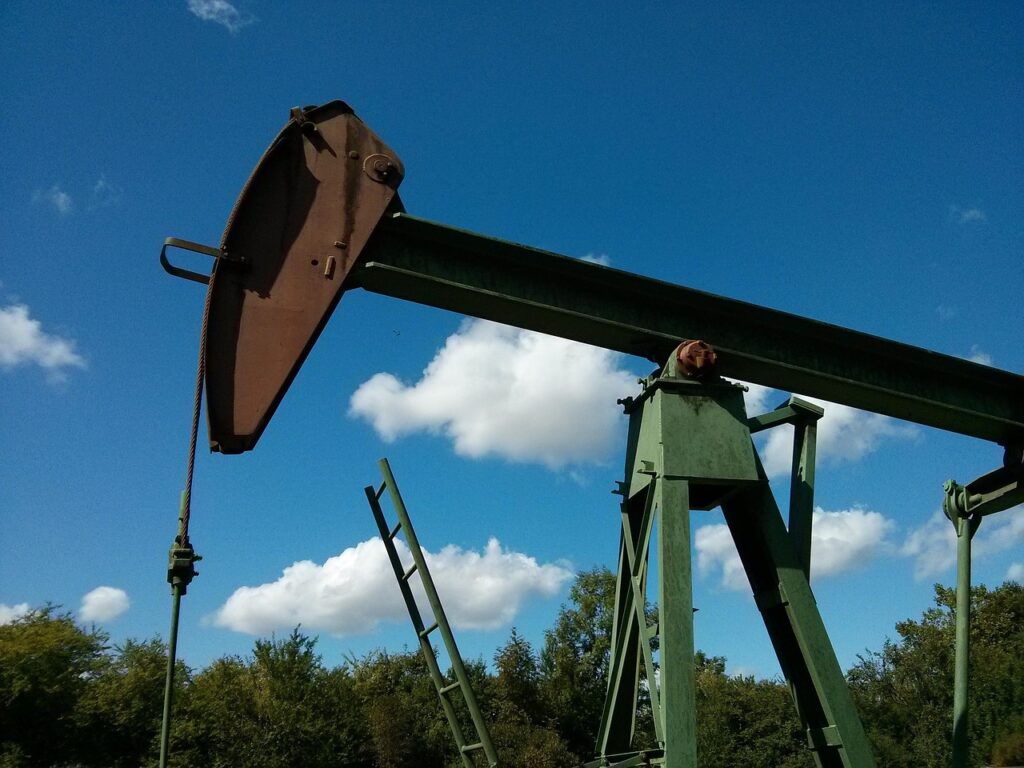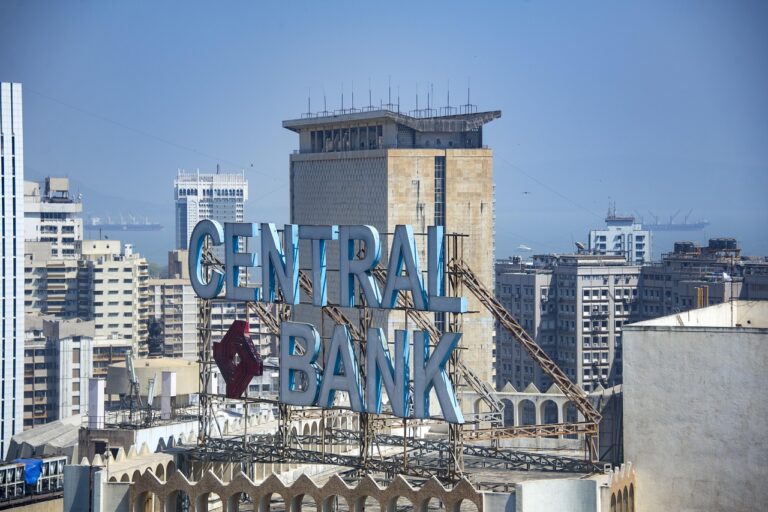
Introduction
Sometimes, the warnings don’t come from diplomats or generals, but from markets. In recent weeks, Bloomberg analysts sounded the alarm: a full-scale war between Iran and Israel could send oil prices soaring, potentially pushing the global economy into a new phase of instability.
It’s not an abstract forecast. Tensions in the Middle East have been building for months — airstrikes, naval incidents, mutual threats — and each headline adds a new layer of uncertainty. The fear is that what began as regional friction could evolve into a confrontation that reshapes the flow of energy itself. And when oil moves, the world trembles.
The fragile heartbeat of global energy
The modern economy still runs, quite literally, on oil. Around 20% of global crude exports pass through the Strait of Hormuz, the narrow sea corridor that separates Iran from the Arabian Peninsula. It is the world’s most critical energy choke point — a passage through which roughly 21 million barrels of oil move every day.
If war were to close or even partially disrupt that strait, even briefly, global markets would face an immediate shock. Bloomberg’s projections suggest that prices could surge beyond $120 or even $150 per barrel, depending on how deep and prolonged the conflict becomes.
Such an increase would echo the great oil crises of the past — 1973, 1990, 2008 — moments when geopolitics collided with economics and triggered recessions far beyond the battlefield.
The logic of panic
Oil markets are not driven only by supply and demand, but by anticipation and fear. Traders respond not to what has happened, but to what could happen next. Each time a rocket strikes near a refinery or a tanker is intercepted at sea, investors price in risk. That “war premium” — an invisible surcharge on every barrel — can rise within hours, creating self-fulfilling volatility.
In recent months, that premium has quietly returned. Even as production levels remain stable, prices have grown more sensitive to headlines. The fear is less about the present and more about potential disruption — the idea that a regional war could redraw the energy map overnight.
Iran’s role: the double-edged power
Iran is both participant and pivot in this drama. As the world’s seventh-largest oil producer, it wields enormous influence on energy flows. Its geographic position grants it leverage: any military move near Hormuz sends a message not just to Israel, but to global markets.
Tehran has long used this leverage strategically. When sanctions tighten, it signals the possibility of blocking routes or reducing output. When negotiations resume, it offers stability in exchange for relief. But if a direct confrontation with Israel erupts, such calculated diplomacy could give way to chaos — a scenario no one in the region can truly control.

Israel’s dilemma and the Western front
For Israel, escalating its confrontation with Iran carries enormous risk. A prolonged war could unsettle the Middle East’s fragile alliances, strain U.S. diplomacy, and ignite proxy conflicts in Lebanon, Syria, or Yemen. For Washington and its allies, the nightmare scenario is not only a humanitarian crisis but also an energy crisis at a time of economic fatigue.
Western economies, still struggling with post-pandemic inflation, cannot afford a new spike in oil prices. Energy costs filter through every sector — from transport to food to manufacturing. A sustained jump could rekindle inflation just as central banks have begun easing rates, forcing policymakers into another cycle of painful trade-offs.
The ripple effect across emerging markets
The impact of an oil shock rarely stays confined to the West. In emerging economies, it’s often devastating. Nations like India, Indonesia, or Egypt — large importers of crude — would face immediate pressure on their currencies and budgets. Subsidies would swell, deficits would widen, and inflation could spiral.
For poorer countries, already grappling with high debt and fragile currencies, the result could be a second inflation wave. Food prices would rise, transport costs would climb, and households would feel the squeeze long before politicians do. The global economy, increasingly interlinked and fragile, cannot absorb such a shock without consequences.
The market’s nervous silence
What makes the current moment especially tense is the sense of suspended breath. Markets have priced in the risk but not the reality. Investors know that oil at $90 is manageable; oil at $150 would be something else entirely — a rupture that could reshape investment flows, corporate margins, and monetary policy around the world.
For now, traders are watching for signs of escalation: the tone of diplomatic statements, satellite images, tanker movements. Every sign of restraint brings relief; every threat revives the fear. It is a dance of perception, and the world’s energy stability hangs on its rhythm.
History’s reminder
The link between conflict and oil is as old as modern geopolitics. In 1973, the Arab embargo quadrupled prices and plunged the West into recession. In 1990, Iraq’s invasion of Kuwait sparked panic buying. In 2019, drone attacks on Saudi facilities sent shockwaves through the market, even though production was quickly restored.
Each crisis had one thing in common: once trust in oil supply is broken, it takes years to rebuild. The market runs not only on barrels, but on belief — belief that tomorrow’s delivery will arrive, that the sea lanes will remain open, that no government will use energy as a weapon.
Between restraint and catastrophe
Diplomacy, for now, is the only line between volatility and disaster. Both Iran and Israel understand the stakes: the economic cost of escalation could dwarf any military gain. Regional powers like Saudi Arabia and the United Arab Emirates, along with Western mediators, are pushing for de-escalation precisely because they know what’s at risk — not just lives, but livelihoods.
Still, the margin for miscalculation is razor thin. A single attack on a tanker, a misread radar signal, a political provocation could ignite what Bloomberg calls “the worst-case energy scenario of the decade.”
Conclusion
If history is a teacher, then the lesson is simple: war in the Middle East never stays in the Middle East. The tension between Iran and Israel is already a global story, one that stretches from the Strait of Hormuz to Wall Street, from OPEC meetings to supermarket shelves.
Whether oil soars or stabilizes will depend less on barrels than on restraint — the ability of two adversaries to see that the world can’t afford another economic fire. Because in the end, when oil becomes a weapon, everyone becomes collateral.






